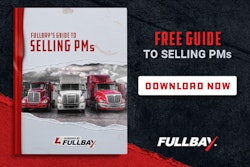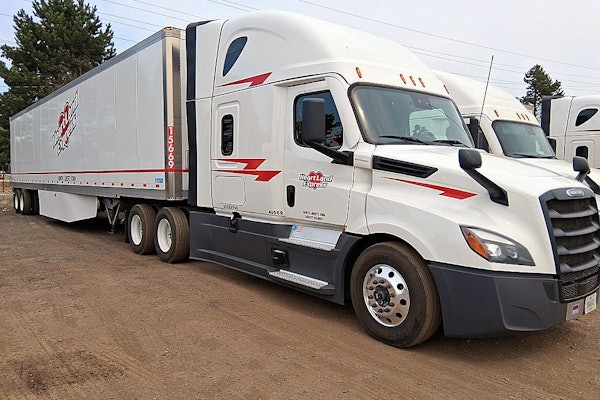Preliminary trailer orders saw a typical seasonal uptick in October, rising 77% from September to reach 15,916 unit—down only 5% compared to last year—according to FTR Transportation Intelligence.
ACT Research’s preliminary data showed October net orders at 17,100 units, up 51% from September’s 11,300 units and 3% above last year.
FTR reported that the month-over-month gain reflects renewed fleet activity and fewer order cancellations, which dropped to just 5%. However, the total is still below the 10-year October average of 37,116 units.
Jennifer McNealy, director of CV market research and publications at ACT Research, commented that October’s sequential increase was expected given typical ordering patterns as fleets open next year’s order boards. Year-to-date orders through October reached 138,300 units, according to ACT, up 17% from the same period in 2024.
FTR’s year-to-date data indicates that net orders through October totaled 135,525 units, up 18% from last year. However, FTR said that growth is largely driven by backloaded demand following the November 2024 election.
Looking ahead to 2026, FTR states that the 2026 order cycle is even softer. “Cumulative orders for September and October combined are down 15% year over year to 24,917 units as multiple market headwinds weigh on fleet sentiment,” it said.
On the production side, FTR reported that October builds fell 2% from September but were 2% ahead of last year at 17,527 units. Despite softer orders, OEMs have maintained high output, likely to retain workers, cover fixed costs, clear excess component inventory ahead of year-end, or get ahead of potential tariff-related cost pressures.
Backlogs shrank to 71,990 units, FTR reported, down 2% month over month and 14% year over year, keeping the backlog-to-build ratio at 4.1 months.
With production still running ahead of demand, OEMs will need to meaningfully lower build rates soon unless the 2026 order season gains further traction, FTR noted.
Volatile trade policy, high material costs, and weakening fleet sentiment continue to pressure the market, said Dan Moyer, senior analyst, commercial vehicles, at FTR.
While a Supreme Court decision could eliminate some country-specific tariffs, Moyer said the trailer industry’s biggest tariff concern comes from the 50% Section 232 tariffs on steel, aluminum, and copper that will be unaffected.
“OEMs and suppliers are adjusting to higher costs and softer demand through selective price increases, tighter cost controls, and sourcing shifts,” said Moyer. “Fleets are extending equipment life cycles, prioritizing maintenance, and limiting new capital commitments as elevated costs and policy uncertainty continue to weigh on near-term trailer demand.”
McNealy also cautioned that slowing economic activity, weak carrier profitability, and unclear government policy -particularly around EPA low-NOx regulations- pose ongoing challenges.
On another note, McNealy pointed to accumulating pent-up demand, adding that fleets will eventually need to redirect capital toward trailer purchases that has been postponed in recent years.













